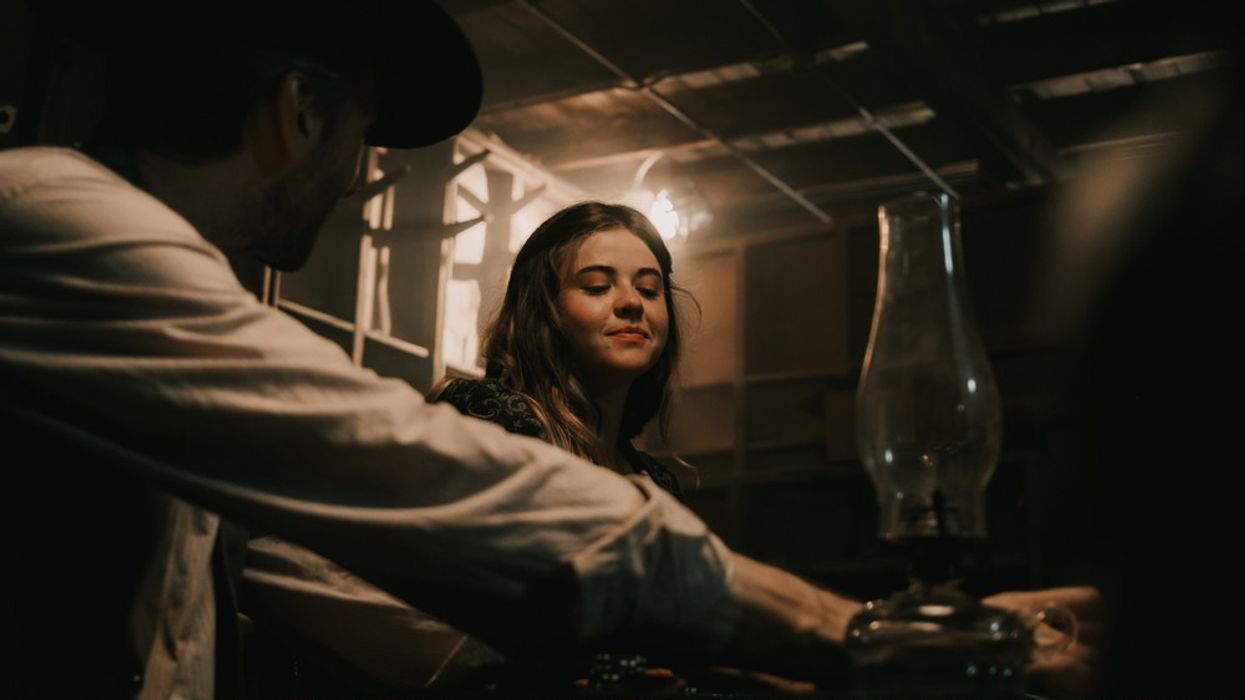Here's How the Sony a7S III Holds Up in a Production Environment
Is the a7S III a solid option for larger productions?

After unboxing the Canon EOS R5, telling you that it's not a viable 8K option, and putting its RAW format through a rigorous test, it's time to find out how the Sony a7S III stacks up to a production workflow.
Connecting with director-cinematographer Lukas Colombo as we did with our R5 test, we were able to put together a shoot to see if the a7S III is a viable option for filmmakers looking to do more than vlog or simply mount it on a tripod to create YouTube videos.
The crew included two camera operators, multiple ACs, a gaffer, key grip, best boy, and sound mixer, among others. The environment was typical of what you would see on any indie shoot or production. What we wanted to do was test the low light capabilities of the a7S III while pushing the dynamic range. Some of the results were expected, but there were a few things that surprised us. Watch the video below to find out.
The scene depicts a period-era poker game and used a single light source overhead to illuminate the actors. Like the R5 test, the a7S III needed to be rigged to handle the shooting requirements of the day. The camera was outfitted with different camera accessories by our sponsor Kondor Blue, who offers high-quality production gear with the filmmaker in mind. The a7s III was also fitted with a PL adapter to mount the MasterBuilt Soft Flare Lens Series lenses that we used on the R5 production.
The scene was recorded using the highest quality available on the a7S III, and because ProRes RAW isn't an option yet, we used 4K ProRes HQ to an Atomos Ninja V. Everything was shot using the S-Log3 gamma curve.

While the shoot was indoors and footage was shot externally, it''s important to point out that the a7S III did not overheat. When it came to color grading, we were also impressed by how far we could push the image. On top of that, the color science has improved a lot from previous Alpha cameras. While it's not as dynamic as the Sony VENICE, we can see a7S III footage being mixed in with the high-end cinema camera.
And here's Potato Jet and I testing the slo-mo, overheating, and image quality of the Sony a7S III and Canon EOS R5.
So, what do you think of the a7S III footage? Let us know in the comments below.













